Update Correction to EnergyRelated CO2 Emission Data Tables We discovered that for the years 17 and 18, the state energyrelated carbon dioxide (CO2) emissions data series omitted distillate fuel inputs to the electric power sector This had very little effect on total emissions in most states Greenhouse gas emissions in the United States dropped by an estimated 103% over the course of compared to the previous year, according to an analysis by the research firm Rhodium Group The decline was driven by COVID19related economic disruptionsThis interactive chart shows the breakdown of annual CO 2 emissions by source either coal, oil, gas, cement production or gas flaring This breakdown is strongly influenced by the energy mix of a given country, and changes as a country shifts to or from a given energy source

U S Energy Related Co2 Emissions Expected To Rise Slightly In 18 Remain Flat In 19 Today In Energy U S Energy Information Administration Eia
Us greenhouse gas emissions history
Us greenhouse gas emissions history-US Greenhouse Gas Emissions by Gas, 1990–19 This figure shows emissions of carbon dioxide, methane, nitrous oxide, and several fluorinated gases in the United States from 1990 to 19 For consistency, emissions are expressed in million metric tons of carbon dioxide equivalents * HFCs are hydrofluorocarbons, PFCs are perfluorocarbons, SF6 is American greenhouse gas emissions slumped dramatically in , helping the US meet one of its longstanding climate targets But the drop came at a great economic cost and experts warn that




U S Carbon Emissions Decline 2 As Natgas Use Expands Says Iea Natural Gas Intelligence
Please do not hesitate to contact me Hadley Ward Mon Fri, 9am 6pm (EST)This is twice more than China – the world's second largest national contributor;Before the Industrial Revolution, the concentration of CO 2 remained around 280 parts per million (ppm) by volume 6 In March
Overall, US greenhouse gas emissions fell about 2 percent in 19, according to preliminary estimates by Rhodium Group, an economic analysis firm The previous year, strong economic growth and At Earth Day climate summit, Biden promises 50% reduction in US greenhouse emissions WASHINGTON – President Joe Biden pledged to cut US greenhouse gas pollution in half by 30 at a virtual The Rhodium Group on Tuesday reported that US energyrelated greenhouse gas emissions rose in 18 by 34 percent, the secondlargest margin in years, reversing a threeyear
Under the UN Kyoto Protocol, many industrialized nations around the world agreed to reduce their collective greenhouse gas emissions by about 5 percent of their 1990 amounts by 12 Although the goals of this agreement have not been met, the year 1990 remains an important point of reference for efforts to limit greenhouse gas emissionsThis statistic shows the distribution of total greenhouse gas emissions emitted in the United States in 18, by type of gas The average American emits 1656 tonnes of CO2 a year, over twice as much as the average Chinese person or European and over eight times that of the average Indian These figures don't take into account emissions embedded in traded goods




U S Emissions Dropped In 19 Here S Why In 6 Charts Inside Climate News




Carbon Footprint Factsheet Center For Sustainable Systems
The target is consistent with the President's goal of achieving netzero greenhouse gas emissions by no later than 50 and of limiting global warming to 15 degrees Celsius, as the science demands Global carbon emissions are expected to hit an alltime high in 19, scientists say, smashing a previous record set in 18 By the end of the year, emissions from industrial activities and the Gross greenhouse gas emissions were 7 million tonnes of CO₂e, 240 percent higher than 1990 and 10 percent lower than 17 In 18 8 July 21 We have made the following corrections to this page




The Causes Of The Recent Decrease In Us Greenhouse Gas Emissions Energy Matters




The Us Greenhouse Gas Emissions By Economic Sectors Sourced From The Us Download Scientific Diagram
US Greenhouse Gas Emissions Rise for Second Year in Row America's output of heattrapping carbon dioxide rose for a second straight year in 14, but the news isn't all bad Calling it a "moral imperative," President Biden on Thursday pledged the US would cut greenhouse gas emissions by 52 percent by the year 35 The(212) hadleyward@statistacom Are you interested in testing our corporate solutions?




Trucking And The Environment Truckingresearch Org




Preliminary Us Greenhouse Gas Emissions Estimates For Rhodium Group
The United States has emitted more CO 2 than any other country to date at around 400 billion tonnes since 1751, it is responsible for 25% of historical emissions;Almost 30% of the world total Atmospheric Greenhouse Gas Emissions Since 1750, atmospheric concentrations of CO 2, CH 4, and N 2 O, increased by 147%, 259%, and 123%, respectively, to levels that are unprecedented in the past 800,000 years 1,2;



1



Us Emissions Rise The Least Since Second World War During Pandemic The Business Journals
In the United States, most of the emissions of humancaused (anthropogenic) greenhouse gases (GHG) come primarily from burning fossil fuels—coal, natural gas, and petroleum—for energy useEconomic growth (with shortterm fluctuations in growth rate) and weather patterns that affect heating and cooling needs are the main factors that drive the amount of energy consumed Climate Summit US Aims For 50% Cut In Greenhouse Gas Emissions The president opened a climate summit by announcing that the United States will aim to cut its greenhouse gas emissions in halfGreenhouse gas emissions Emission levels for some years have been revised in light of improvements to estimation methods and availability of new data Emissions and removals from the land use, land use change and forestry sector (LULUCF) are excluded from national totals to allow for a focus on greenhouse gas released from human




U S Carbon Emissions Decline 2 As Natgas Use Expands Says Iea Natural Gas Intelligence




U S Greenhouse Gas Emissions Flow Chart Visual Ly
Greenhouse emissions from energy in the US Skip to main content Try our corporate solution for free! To prevent severe climate change we need to rapidly reduce global greenhouse gas emissions The world emits around 50 billion tonnes of greenhouse gases each year measured in carbon dioxide equivalents (CO 2 eq) 1 To figure out how we can most effectively reduce emissions and what emissions can and can't be eliminated with current technologies, we need Nitrous oxide makes up 6% of US greenhouse gas emissions and as with the previously mentioned gases, it is also naturally occurring What makes this gas dangerous is that human activity has increased its presence in the atmosphere where it will stay for 114 years
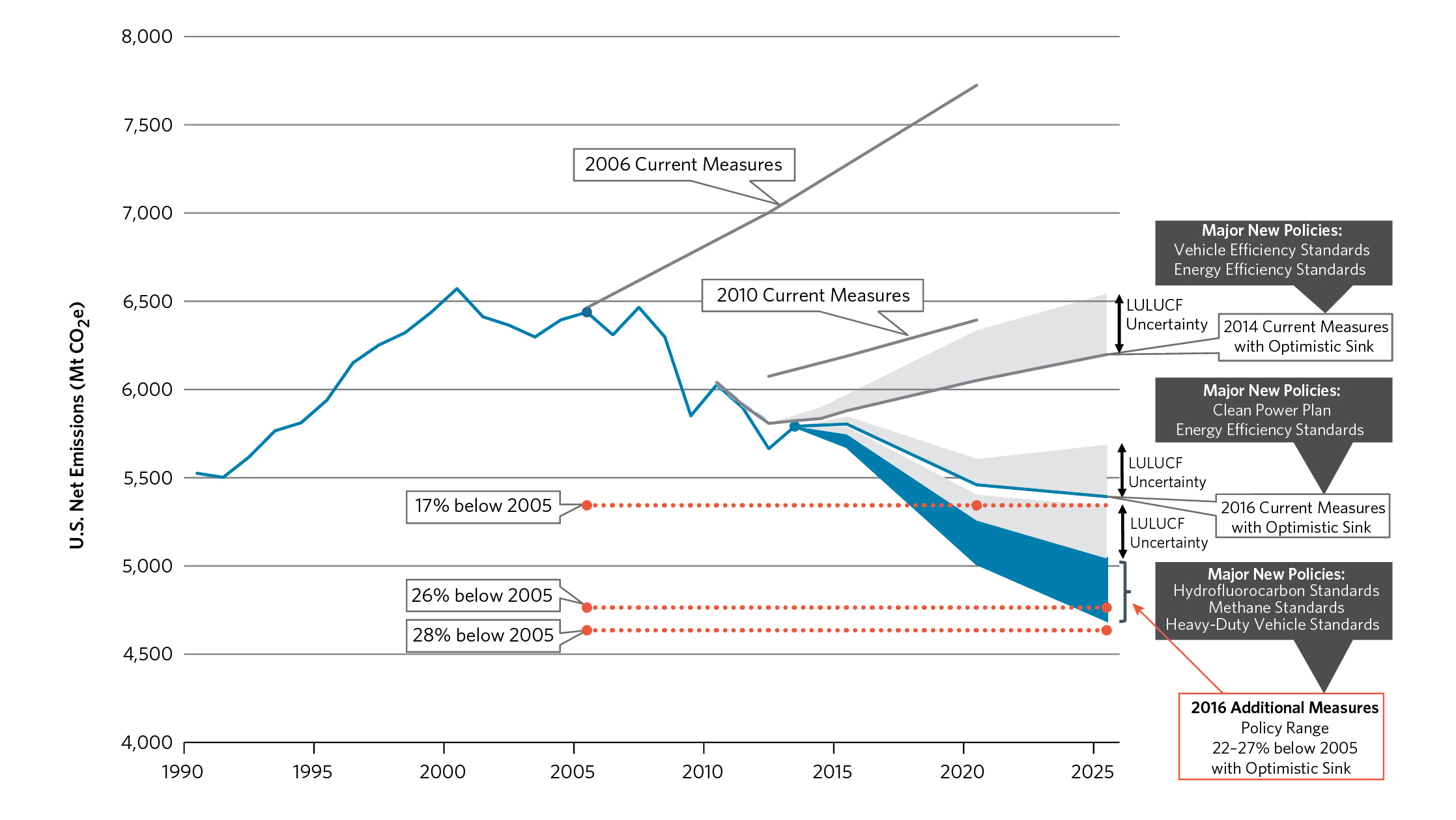



How Carbon Finance Can Save Forests Farms And Fields




Climate Showdown Has The Us Uk Or Germany Done More To Cut Emissions Carbon Brief
In its Global Energy Review, published on Tuesday, the IEA found that global carbon emissions from energy use, which accounts for the great majority of greenhouse gas emissions, were on course to US greenhouse gas emissions fell by 92 percent last year amid the economic slowdown caused by the coronavirus pandemic, according to a report released Thursday The emissions reduction puts theCO 2 emission per capita per year per state (11 data) This is a list of US states and territories by carbon dioxide emissions due to human activity The data presented below are energyrelated greenhouse emissions (CO 2 equivalent) only, published by the US Energy Information Administration (17 data)




U S Energy Related Co2 Emissions Fell Slightly In 17 Today In Energy U S Energy Information Administration Eia
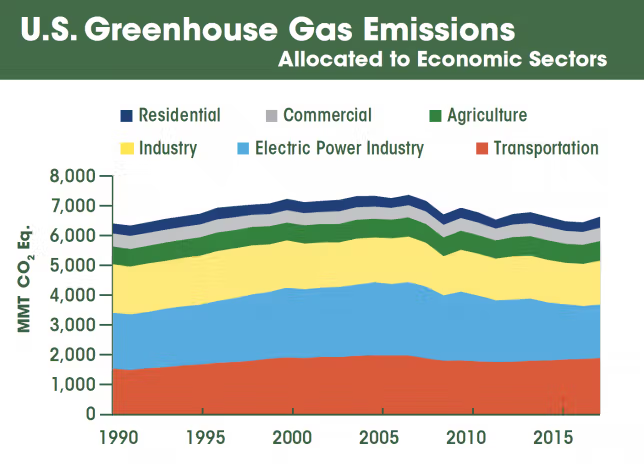



Natural Gas Emissions Vs The Field
US EPA United States Environmental Protection Agency Search Search The Data Explorer is an interactive tool that provides access to data from the EPA's annual Inventory of the US Greenhouse Gas Emissions and Sinks Year(s) * Percentages may After the rejoining the Paris Agreement, Joe Biden committed the US to drastically slashing its greenhouse gas emissions this decade The move comes ahead of key climate change summits this year The United States is a world leader in protecting the environment and reducing greenhouse gas emissions From 05 to 18, total US energyrelated CO2 emissions fell by 12% In contrast, global energyrelated emissions increased nearly 24% from 05 to 18
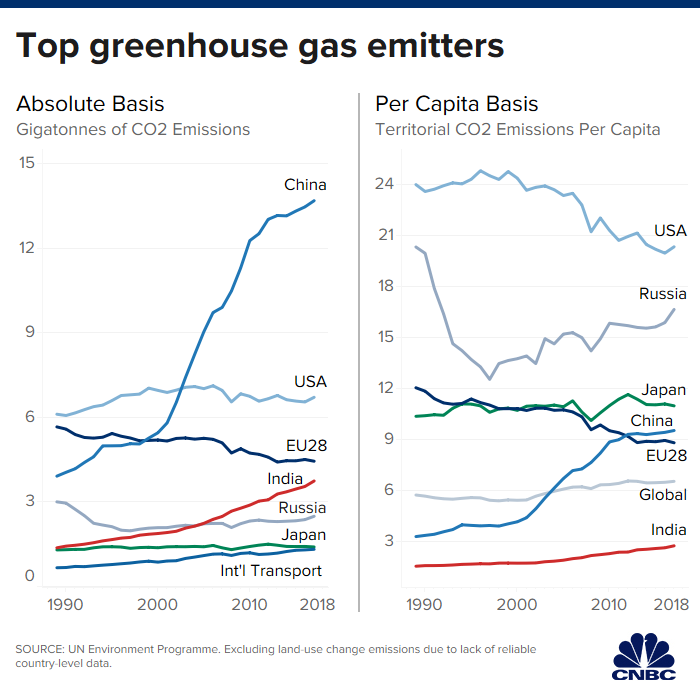



Us Leads Greenhouse Gas Emissions On A Per Capita Basis Report Finds Governors Wind Energy Coalition
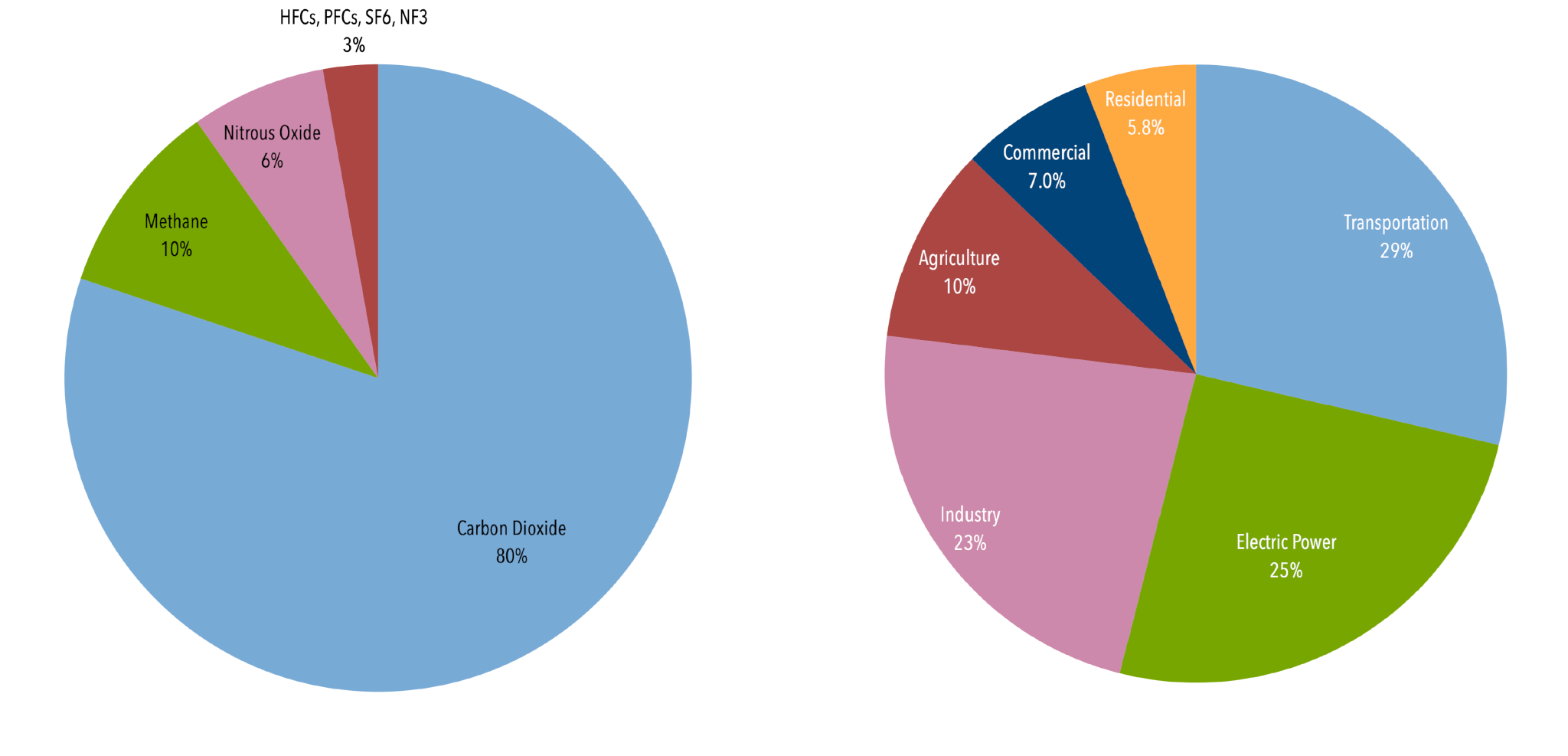



U S Emissions Center For Climate And Energy Solutions
The United States has committed to reduce its greenhouse gas emissions by 2628 percent below the 05 level in 25, and to make "best efforts" to reduce emissions by 28 percent That would include curbs on carbon dioxide, methane, nitrous oxide, perfluorocarbons, sulfur hexafluoride and nitrogen trifluoride, all of which contribute to global warming Industry (21% of 10 global greenhouse gas emissions) Greenhouse gas emissions from industry primarily involve fossil fuels burned on site at facilities for energy This sector also includes emissions from chemical, metallurgical, and mineral transformation processes not associated with energy consumption and emissions from waste management activitiesThis chart shows the change in global greenhouse gas emissions over time Greenhouse gases are measured in 'carbon dioxideequivalents' (CO 2 e) Today, we collectively emit around 50 billion tonnes of CO 2 e each year This is more than 40% higher than emissions in 1990, which were around 35 billion tonnes




1 Breakdown Of U S Greenhouse Gas Emissions By Sector And Fuel Type Download Scientific Diagram




U S Greenhouse Gas Emissions Spiked 2 Percent In 13 Climate Central
Overview Total emissions Total US anthropogenic (humancaused) greenhouse gas emissions in 09 were 58 percent below the 08 total ()The decline in total emissions—from 6,9 million metric tons carbon dioxide equivalent (MMTCO 2 e) in 08 to 6,576 MMTCO 2 e in 09—was the largest since emissions have been tracked over the 1990Greenhouse gas emissions by China are the largest of any country in the world both in production and consumption terms, and stem mainly from coalfired power stations, coal mining, and blast furnaces producing iron and steel When measuring productionbased emissions, China emitted over 12 gigatonnes CO 2eq of greenhouse gases in 14; Abstract Residential energy use accounts for roughly % of greenhouse gas (GHG) emissions in the United States Using data on 93 million individual households, we estimate these GHGs across the contiguous United States and clarify the respective influence of climate, affluence, energy infrastructure, urban form, and building attributes (age, housing type, heating fuel) in




Us Greenhouse Gas Emissions Growth Slows Oil Gas Journal




U S Ghg Emissions At Lowest Level In Years Climate Central
In 19, direct greenhouse gas emissions from homes and businesses accounted for 13 percent of total US greenhouse gas emissions Greenhouse gas emissions from homes and businesses vary from year to year often correlated with seasonal fluctuations in energy use caused primarily by weather conditions In 19, US greenhouse gas emissions totaled 6,558 million metric tons of carbon dioxide equivalents, or 5,769 million metric tons of carbon dioxide equivalents after accounting for sequestration from the land sector Emissions decreased from 18 to 19 by 17 percent (after accounting for sequestration from the land sector)Overview Total Emissions in 14 = 6,870 Million Metric Tons of CO 2 equivalent * Land Use, LandUse Change, and Forestry in the United States is a net sink and offsets approximately 11 percent of these greenhouse gas emissions All emission estimates from the Inventory of US Greenhouse Gas Emissions and Sinks 1990–14 Larger image to save or print



Horgan Science Writing Seminar Blog Eliminate 100 Of Us Greenhouse Gas Emissions With One Weird Trick
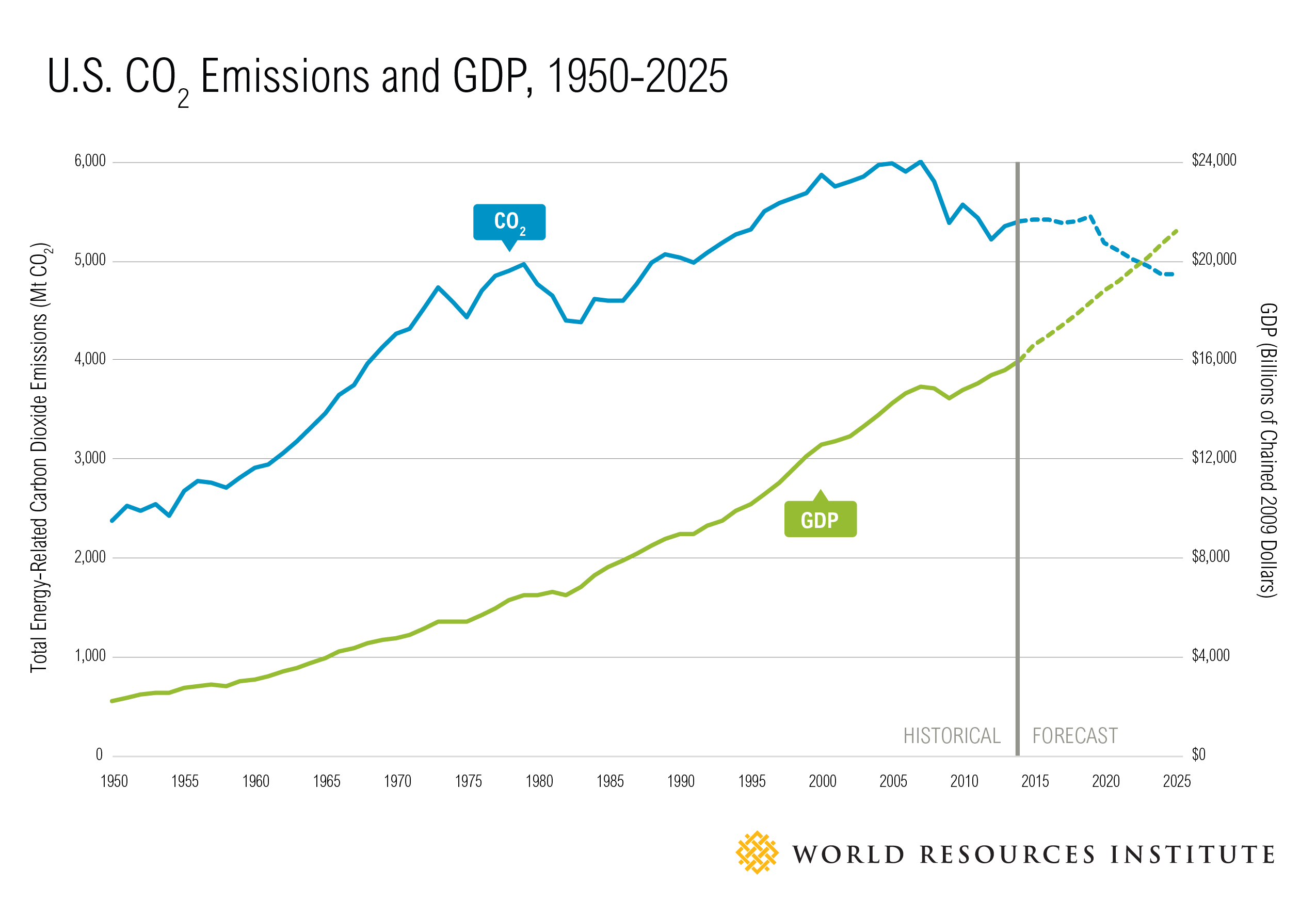



21 Countries Are Reducing Carbon Emissions While Growing Gdp Ecosystem Marketplace
US carbon emissions are set to drop to the lowest level in three decades A BloombergNEF study says an economic rebound next year won't completely offset this year's 9 percent decline, but 9 March 21 More than onethird of global greenhouse gas emissions caused by human activity can be attributed to the way we produce, process and package food, a UNbacked study published on Tuesday has revealed Total US emissions for 19 totaled 6,558 million metric tons of CO2e and net emissions, taking sinks into account, totaled 5,769 million metric tons CO2e Greenhouse gases are emitted by all sectors of the economy, including electric power (25% of total), transportation (29%), industry (23%), residential and commercial (13%), and agriculture (10%)
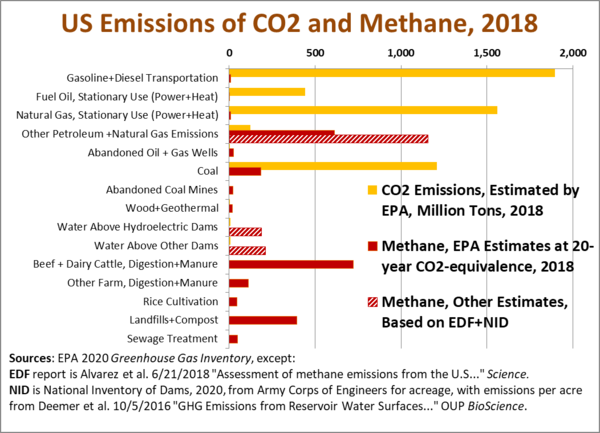



Greenhouse Gas Emissions By The United States Wikiwand
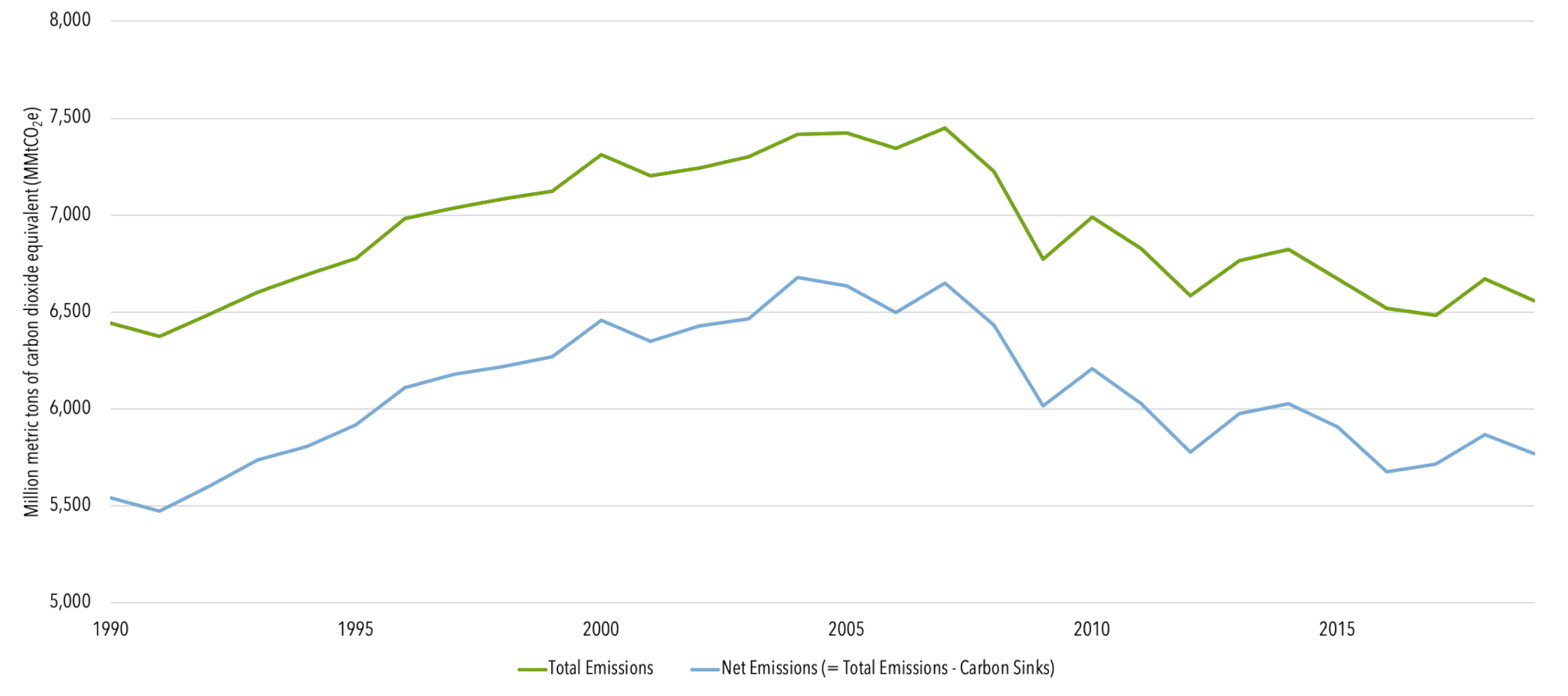



U S Emissions Center For Climate And Energy Solutions
Human emissions of carbon dioxide and other greenhouse gases – are a primary driver of climate change – and present one of the world's most pressing challenges 1 This link between global temperatures and greenhouse gas concentrations – especially CO 2 – has been true throughout Earth's history 2 To set the scene, let's look at how the planet has warmedYear Total greenhouse gas emissions (megatonnes of carbon dioxide equivalent) 1990 602 1991 596 1992 614 1993 617 1994 638 1995 656 1996 679 1997 691 1998 697 1999 710 00 734 01 723 02 727 03 745 04 746 05 739 06 730 07 752 08 736 09 694 10 703 11 714 12 717 13 725 14 723 15 723 16 707 NOAA's Annual Greenhouse Gas Index, which tracks the warming influence of longlived greenhouse gases, has increased by 41 percent from 1990 to 17, up 1 percent from 16 with most of that attributable to rising carbon dioxide levels, according to NOAA climate scientists The greenhouse gas index is based on precise measurements of gases in the atmosphere,
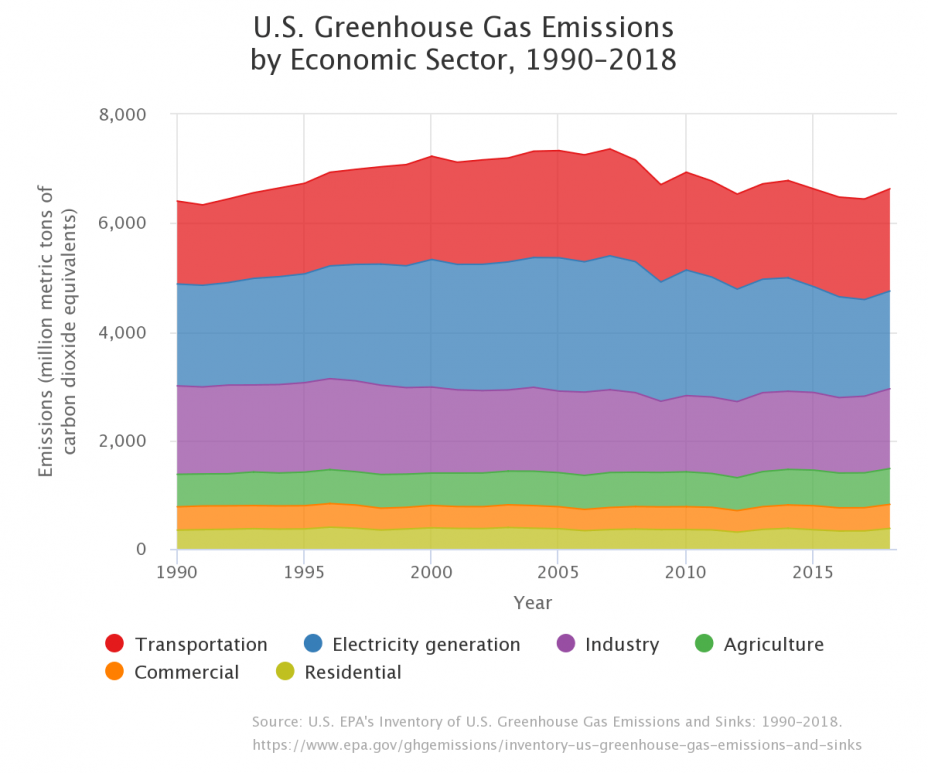



Inventory Of U S Greenhouse Gas Emissions And Sinks Greenhouse Gas Ghg Emissions Us Epa




U S Energy Related Co2 Emissions Expected To Rise Slightly In 18 Remain Flat In 19 Today In Energy U S Energy Information Administration Eia




Neck And Neck Us And European Greenhouse Gas Emissions Trends Green Energy Times
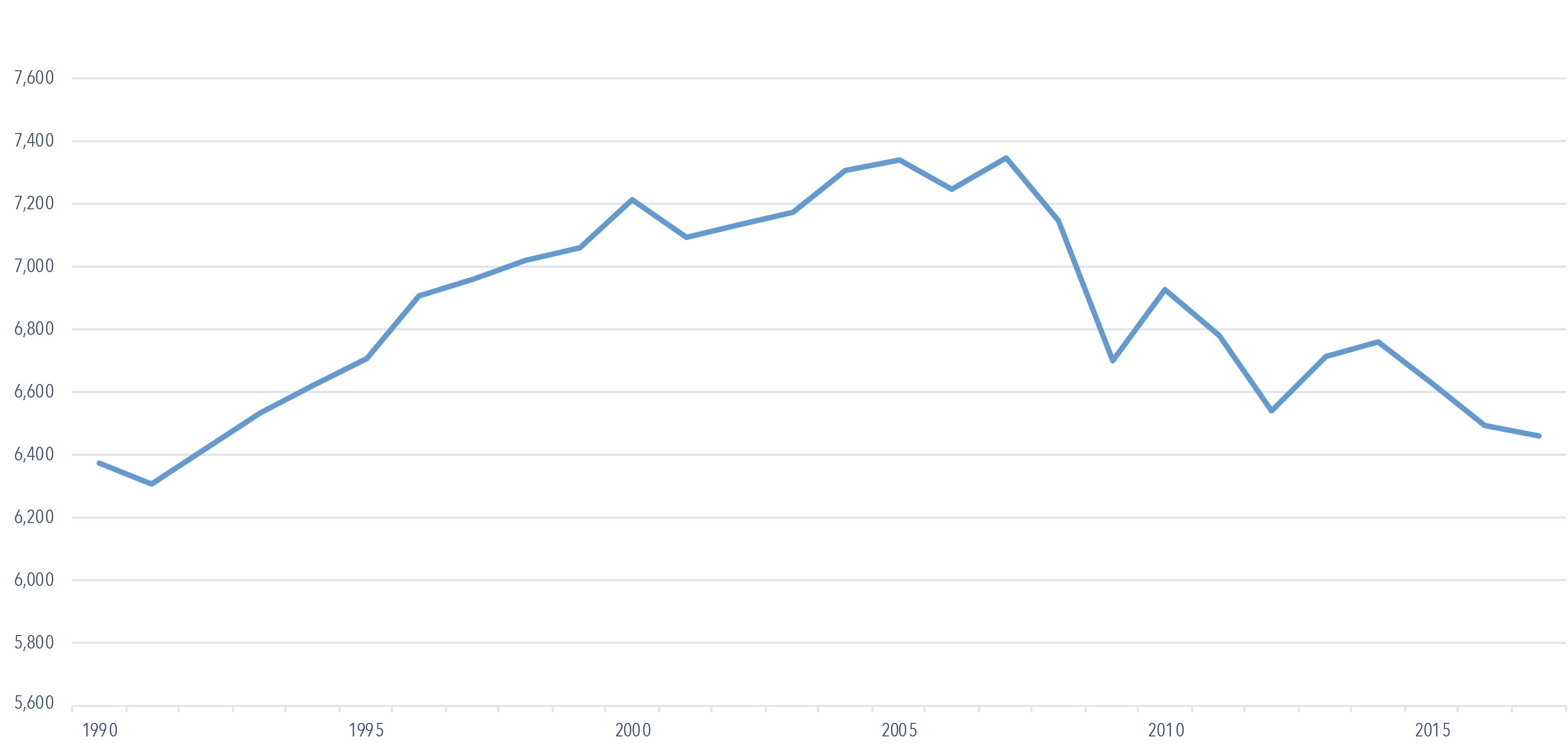



Us Pledges To Slash Greenhouse Emissions Coffs Coast Outlook
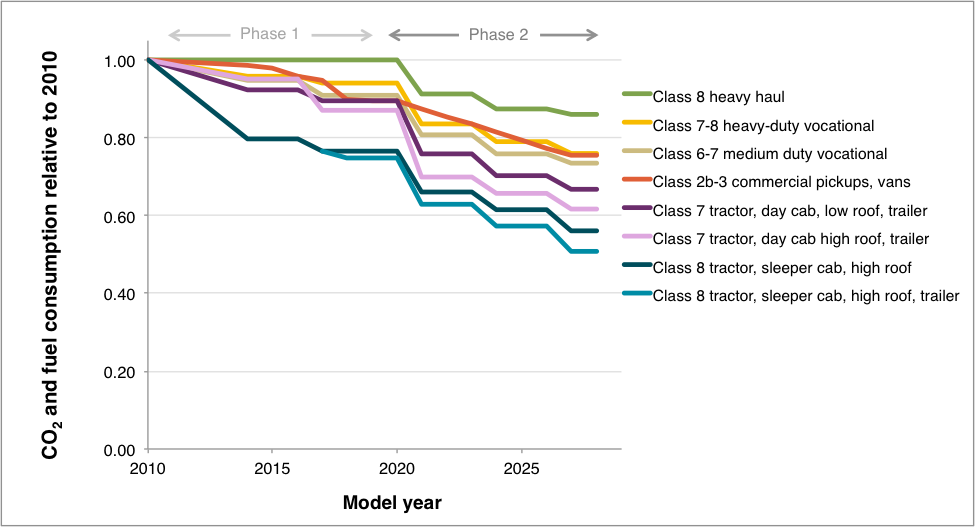



U S Efficiency And Greenhouse Gas Emission Regulations For Model Year 18 27 Heavy Duty Vehicles Engines And Trailers International Council On Clean Transportation



1




Scale Distribution And Variations Of Global Greenhouse Gas Emissions Driven By U S Households Sciencedirect
/cdn.vox-cdn.com/uploads/chorus_asset/file/13677383/Screen_Shot_2019_01_07_at_12.53.26_PM.png)



Us Carbon Emissions Are Rising Again After Years Of Decline Vox



Data Highlights 41 U S Carbon Dioxide Emissions Down 11 Percent Since 07 Epi




The U S Has A New Climate Goal How Does It Stack Up Globally The New York Times




Ozone Treaty Taking A Bite Out Of Us Greenhouse Gas Emissions




Epa Greenhouse Gas Emissions Sunk Over The Last Decade Ngt News




U S Greenhouse Gas Emissions 1990 19 Statista




Biden Sets Ambitious Goal For Reduction In Greenhouse Gas Emissions By 30 Recommits Us To Battling Climate Change Morgan Lewis Jdsupra




No Progress Made To Reduce U S Greenhouse Gas Emissions Ecori News
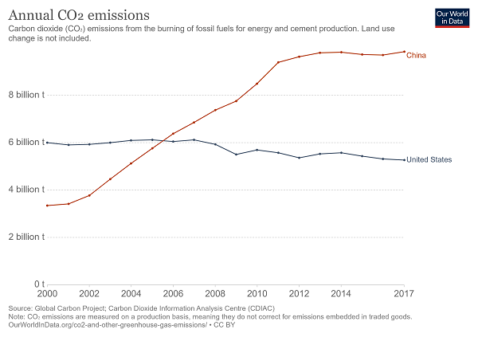



Where Are Us Emissions After Four Years Of President Trump




The Causes Of The Recent Decrease In Us Greenhouse Gas Emissions Energy Matters




U S Emissions Dropped In 19 Here S Why In 6 Charts Inside Climate News
.png)



Fact Sheet The Growth In Greenhouse Gas Emissions From Commercial Aviation White Papers Eesi




Case Study Usa Emissions Geographycasestudy Com
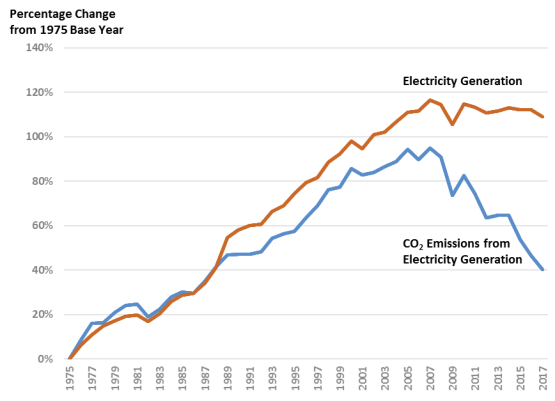



U S Carbon Dioxide Emissions In The Electricity Sector Factors Trends And Projections Everycrsreport Com




Trump Administration Announces Increases In Us Climate Emissions While Cheering Their Decline Woodwell Climate



3
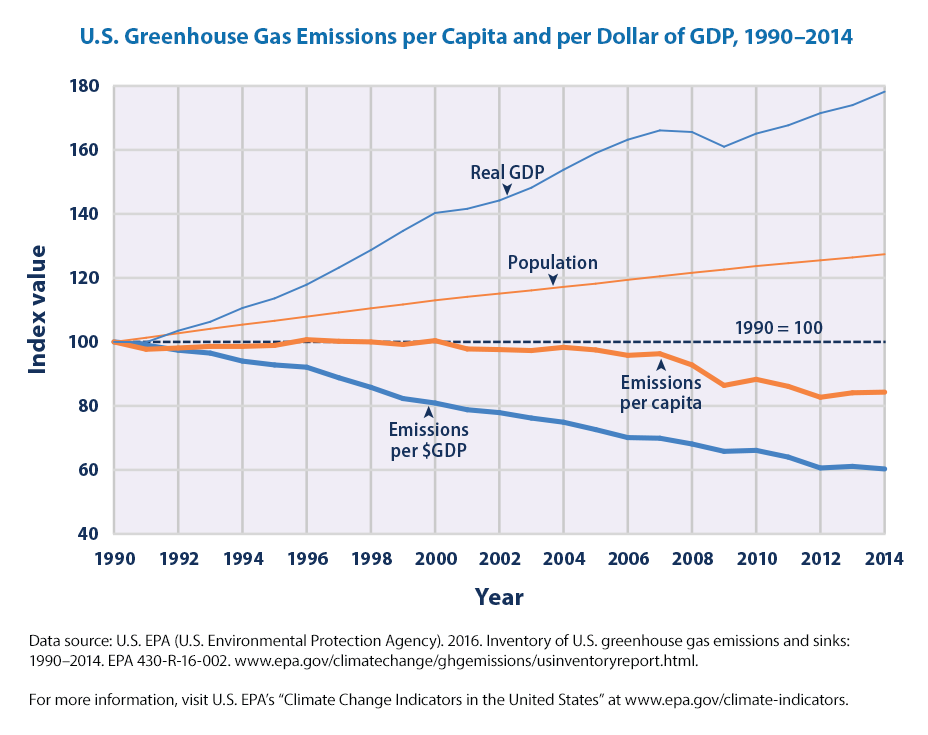



Climate Change Indicators U S Greenhouse Gas Emissions Climate Change Indicators In The United States Us Epa
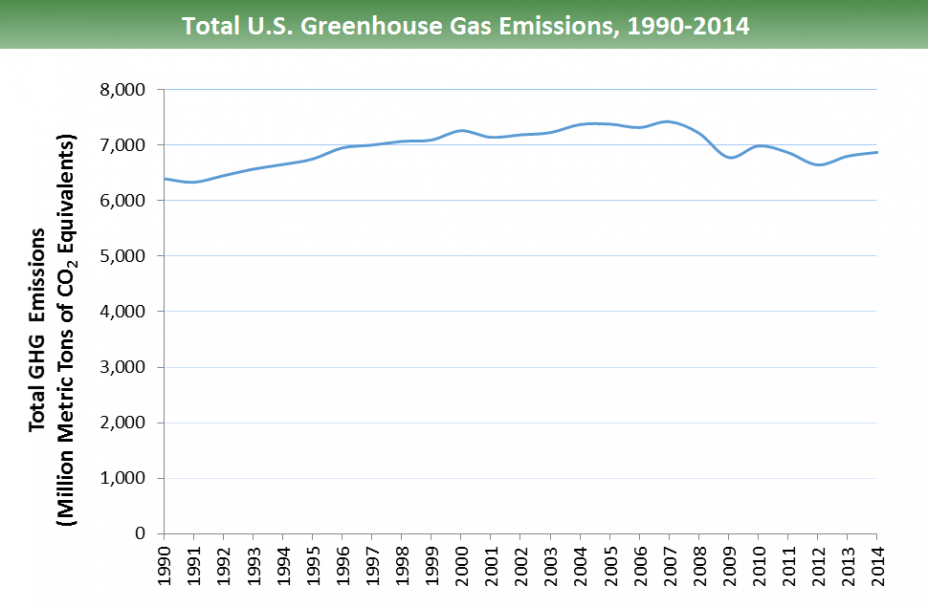



Sources Of Greenhouse Gas Emissions Greenhouse Gas Ghg Emissions Us Epa



The Us China Agreement On Climate Change Vox Cepr Policy Portal
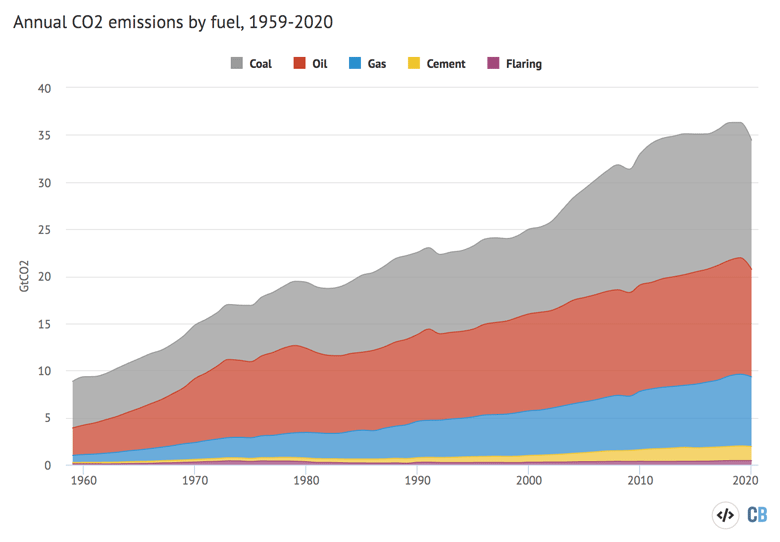



Global Carbon Project Coronavirus Causes Record Fall In Fossil Fuel Emissions In Carbon Brief




Greenhouse Gas Emissions Up From Transportation Sector Michigan Radio



Surprise Side Effect Of Shale Gas Boom A Plunge In U S Greenhouse Gas Emissions



1




Us Carbon Emissions Rose 2 In 13




Can The U S Meet Its Climate Change Goal World Resources Institute




Forecast U S Greenhouse Gas Emissions To Fall 7 5 Percent In Mpr News
/cdn.vox-cdn.com/uploads/chorus_asset/file/3921962/US_greenhouse_gas_goals.0.png)



Obama S Climate Plan Explained Vox




No Progress Made To Reduce U S Greenhouse Gas Emissions Ecori News



Co And Greenhouse Gas Emissions Our World In Data



Chart Eu And Us Slash Greenhouse Gas Emissions Statista




How Digital Innovation In Oil Amp Gas Can Reduce Carbon Emissions




U S Carbon Emissions Surged In 18 Even As Coal Plants Closed We Haven T Yet Successfully Decoupled U S Emissions Growth From Economic Growth Desdemona Despair




Carbon Emissions See Big Two Year Drop The New York Times




Us And China Strike Deal On Carbon Cuts In Push For Global Climate Change Pact Greenhouse Gas Emissions The Guardian
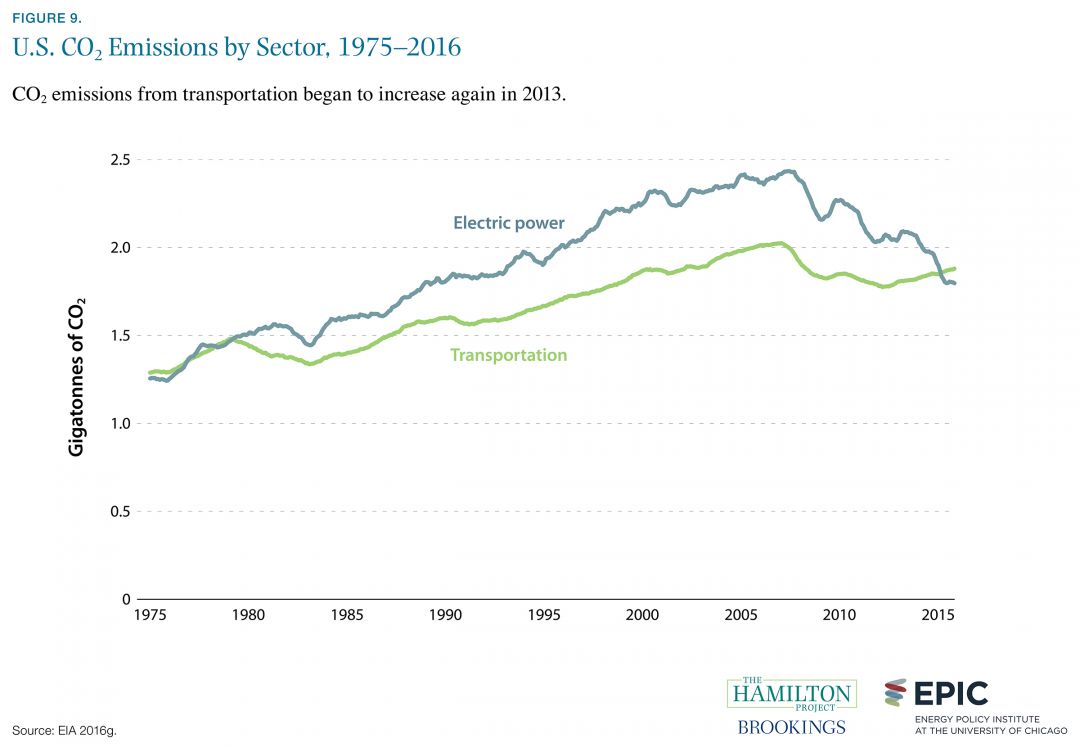



U S Carbon Dioxide Emissions By Sector 1975 16 The Hamilton Project




Final Us Emissions Numbers For 17 Rhodium Group




Forecast U S Greenhouse Gas Emissions To Fall 7 5 Percent In Mpr News
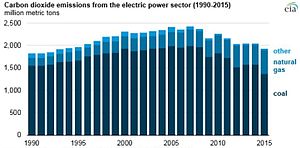



Greenhouse Gas Emissions By The United States Wikipedia




Conversable Economist Sources Of Us Greenhouse Gas Emissions




Climate Change Indicators U S Greenhouse Gas Emissions Us Epa




Inventory Of U S Greenhouse Gas Emissions For 09 U S Epa 11 Download Scientific Diagram
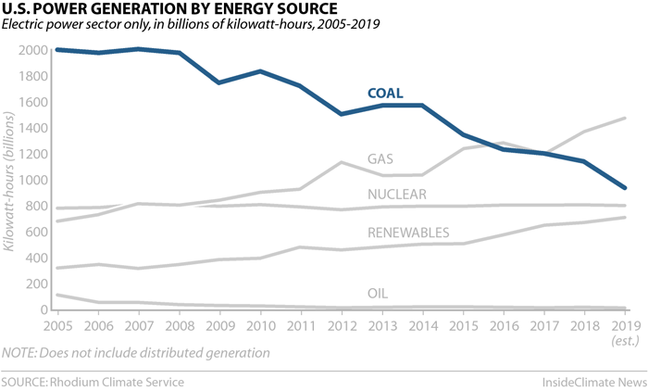



These 6 Charts Explain The Story Of U S Carbon Emissions Right Now Kqed
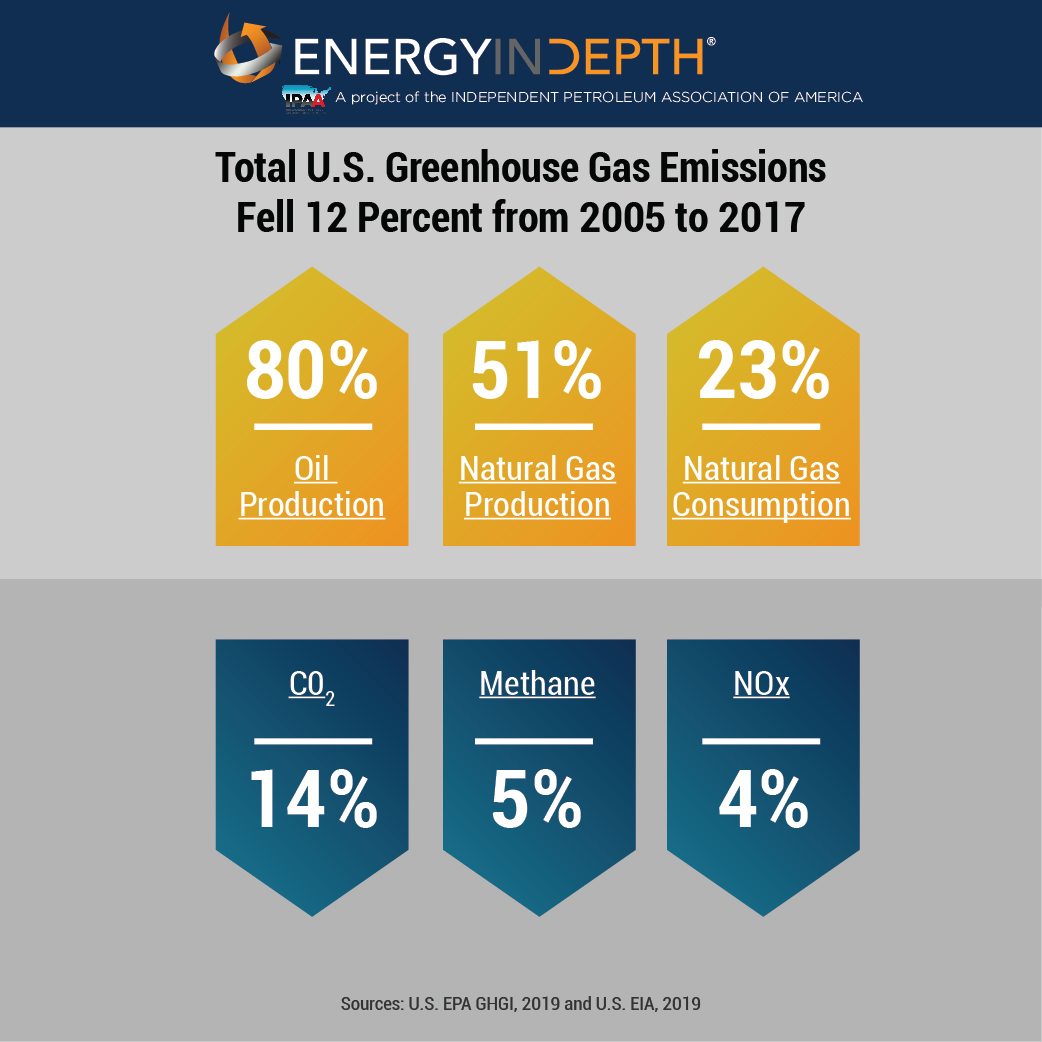



Latest Epa Data Show U S Greenhouse Gas Emissions At Lowest Levels Since 1992
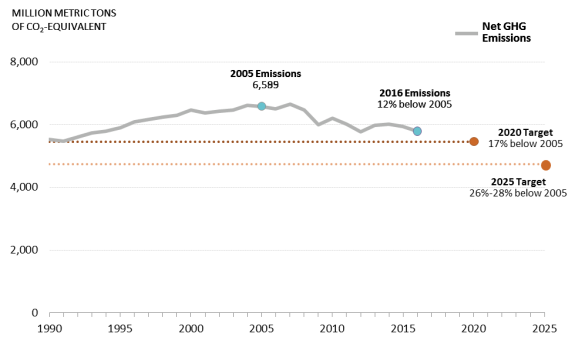



U S Carbon Dioxide Emissions In The Electricity Sector Factors Trends And Projections Everycrsreport Com
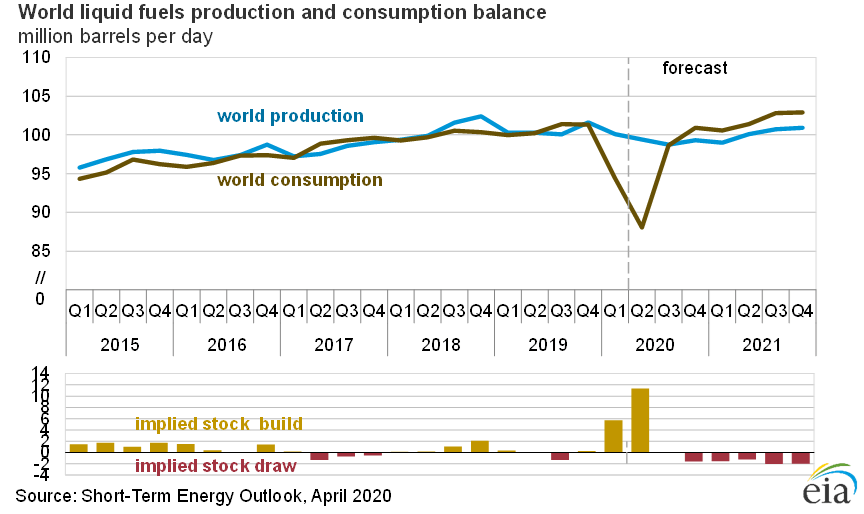



Forecast U S Greenhouse Gas Emissions To Fall 7 5 Percent In Mpr News
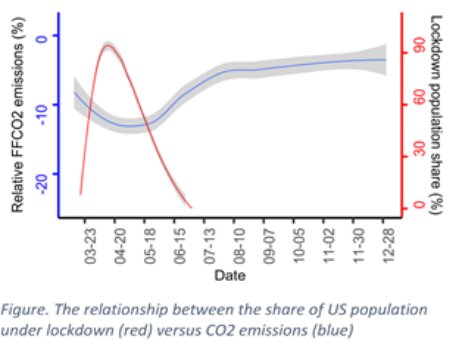



Three Times Greater Reductions In U S Greenhouse Gas Emissions Than Previously Reported




U S Energy Related Co2 Emissions Fell 1 7 In 16 Today In Energy U S Energy Information Administration Eia




Co2 Emissions United States Statista
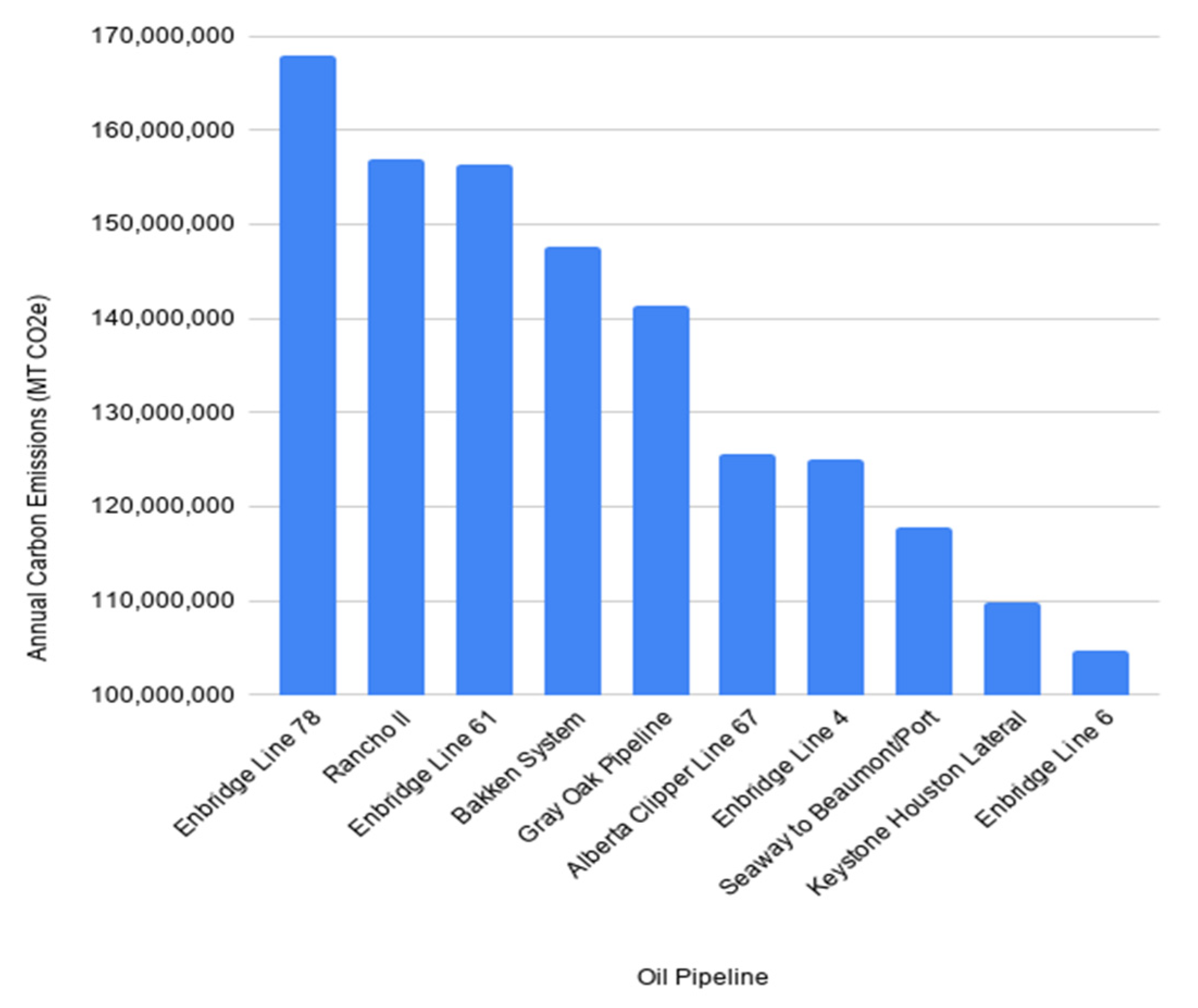



Energies Free Full Text U S Greenhouse Gas Emission Bottlenecks Prioritization Of Targets For Climate Liability Html




Agriculture 10 5 Percent Of U S Ghg Emissions Top Headlines Wlj Net




Pin On Places
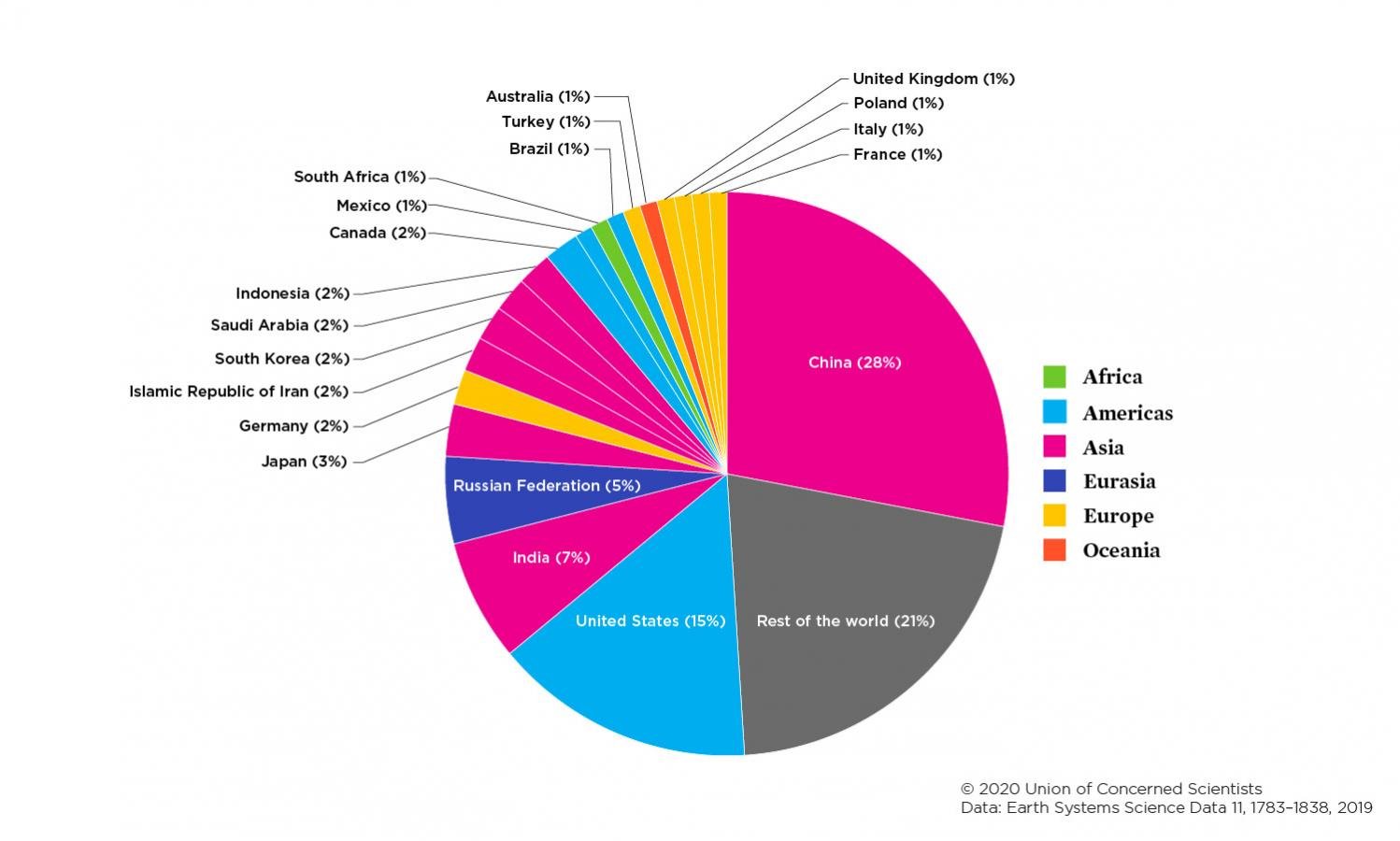



Each Country S Share Of Co2 Emissions Union Of Concerned Scientists




Greenhouse Gas Emissions Wikipedia




U S Greenhouse Gas Emissions Rising Again Defying Trump Boasts Bloomberg




U S Emissions Dropped In 19 Here S Why In 6 Charts Inside Climate News
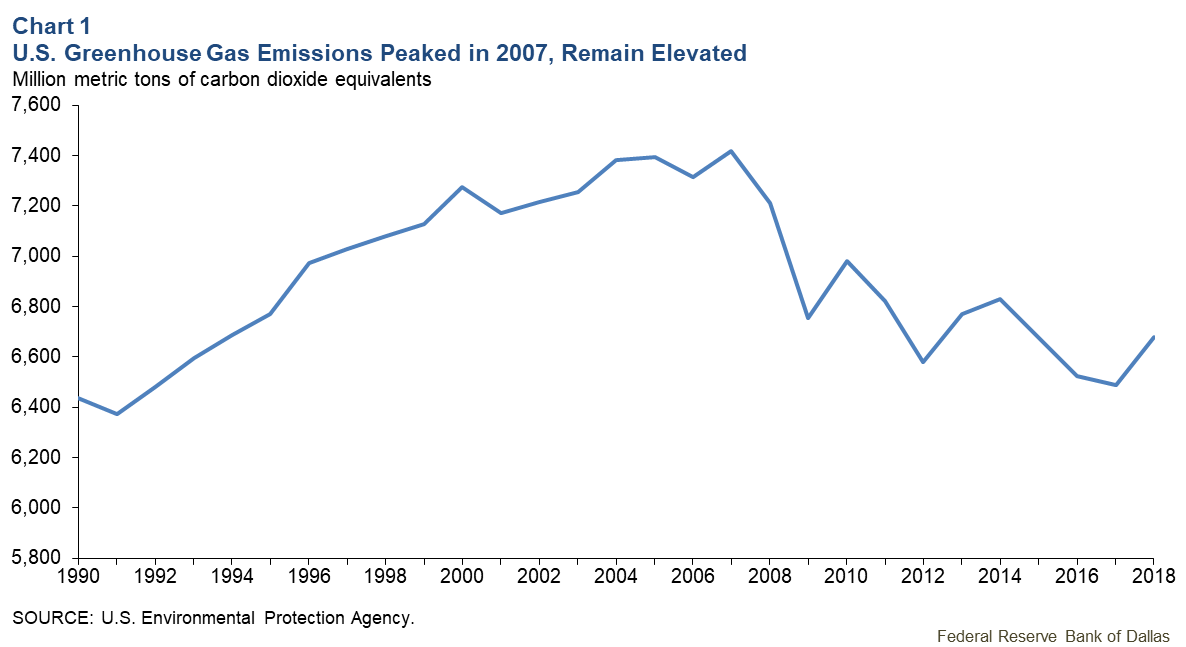



What Is The U S Oil Industry Doing About Greenhouse Gas Emissions Dallasfed Org



Epa Ghg Inventory Shows Us Ghg Down 1 7 Y O Y In 19 Down 13 From 05 Green Car Congress




Preliminary Us Emissions Estimates For 19 Rhodium Group




5 1 U S Greenhouse Gas Emissions From Energy Use 1985 11 Bureau Of Transportation Statistics
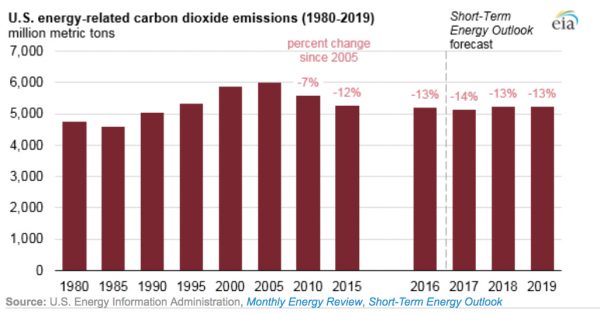



Eia U S Carbon Emissions Fall Again In 17 Mainly Because Of Natural Gas



Data Highlights 41 U S Carbon Dioxide Emissions Down 11 Percent Since 07 Epi
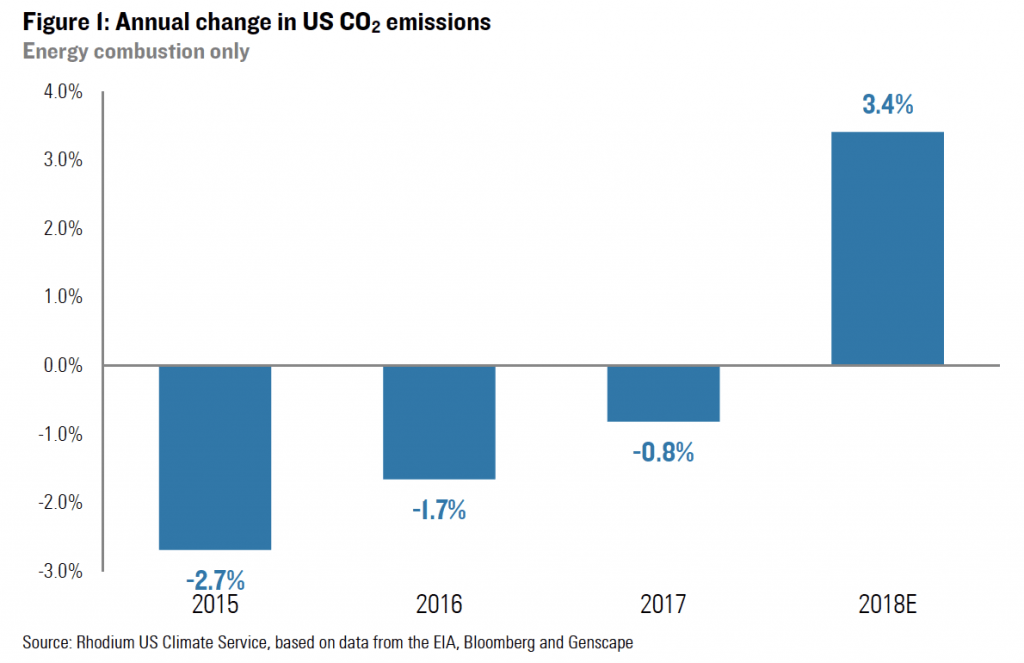



A Short Lived White House Climate Victory Bulletin Of The Atomic Scientists




Agriculture S Greenhouse Gas Emissions And Sinks



Howarth Lab Fossil Fuel Emissions




Greenhouse Gas Emissions Drop Alongside Coal Generation In 19 Wyoming Public Media




U S Energy Related Carbon Dioxide Emissions In 15 Are 12 Below Their 05 Levels Today In Energy U S Energy Information Administration Eia
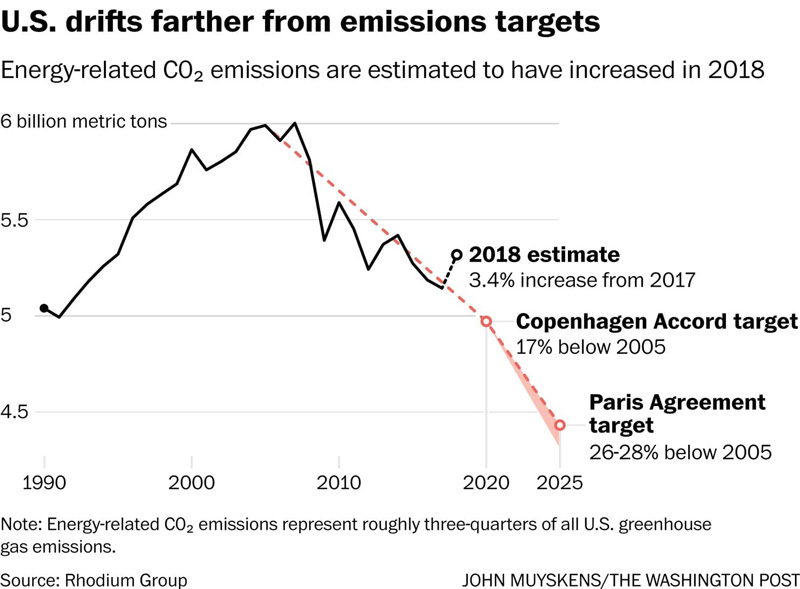



U S Greenhouse Gas Emissions Spiked In 18 And It Couldn T Happen At A Worse Time California Small Business Alliance




A Year Low In U S Carbon Emissions The New York Times




Co2 Emissions United States Statista




Thanksgiving Travel Transportation Emissions Climate Matters
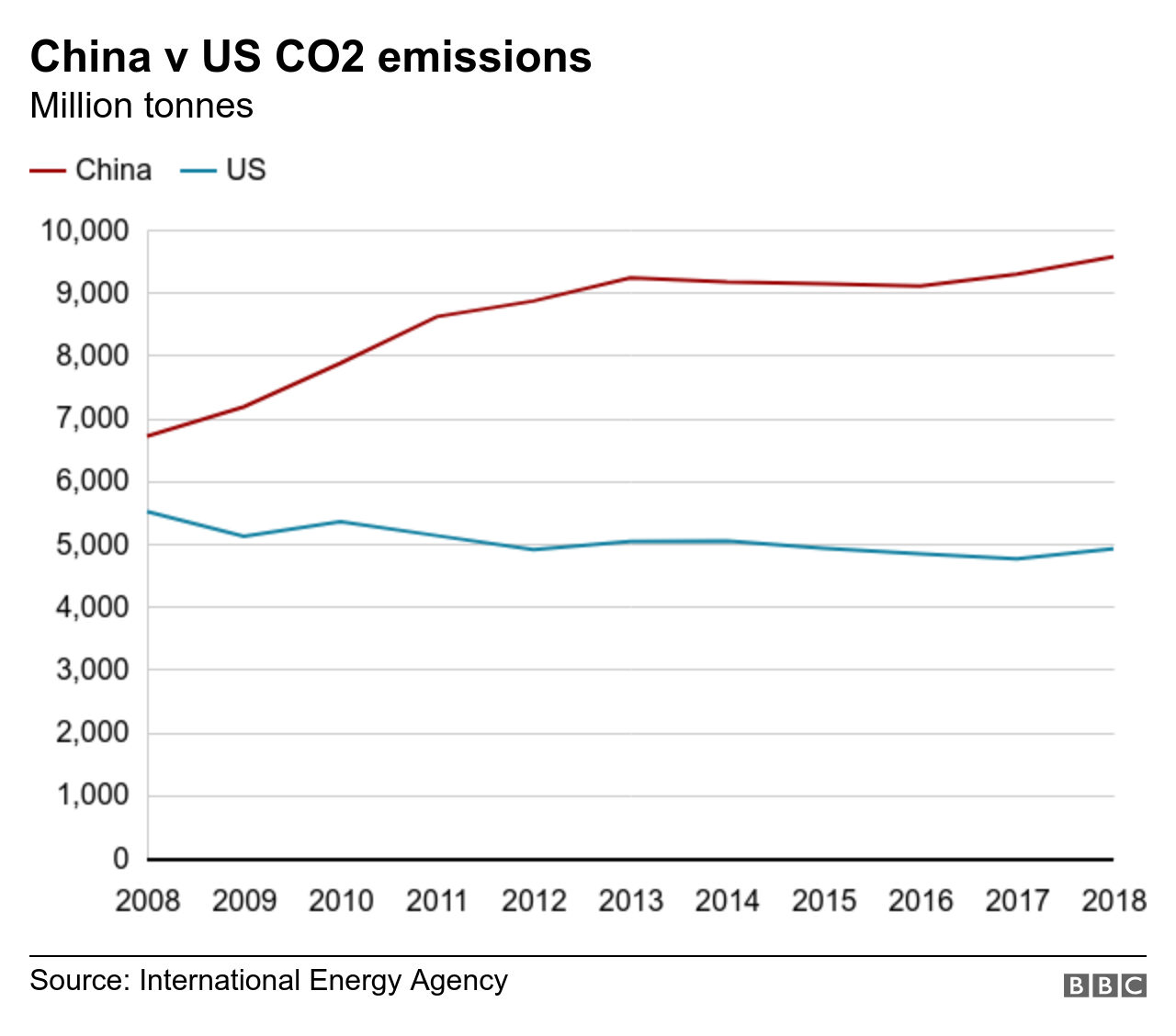



Fact Checking The Us And China On Climate And Environment c News
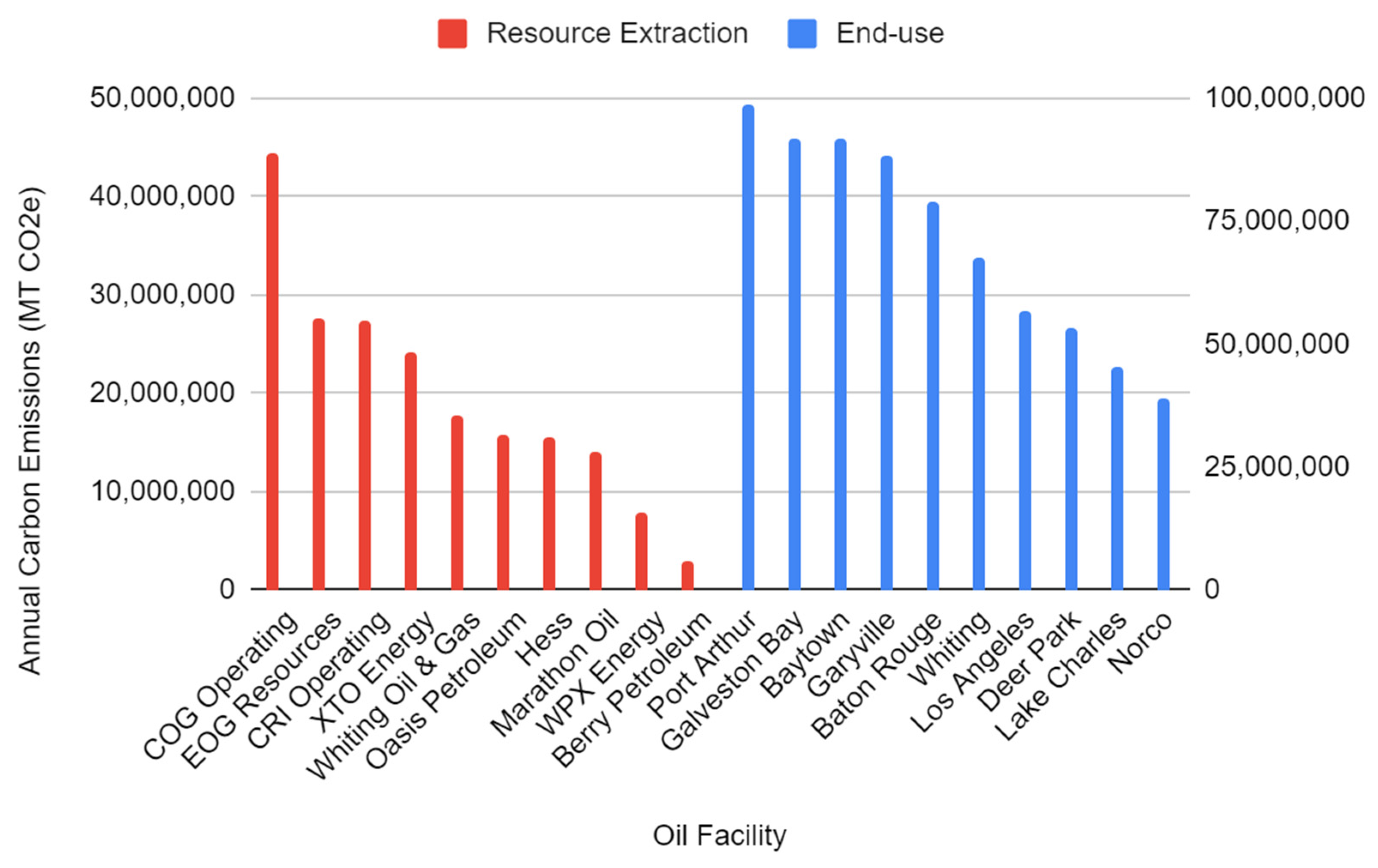



Energies Free Full Text U S Greenhouse Gas Emission Bottlenecks Prioritization Of Targets For Climate Liability Html




Inventory Of U S Greenhouse Gas Emissions And Sinks Greenhouse Gas Ghg Emissions Us Epa Greenhouse Gas Emissions Greenhouse Gases Ghg Emissions



0 件のコメント:
コメントを投稿